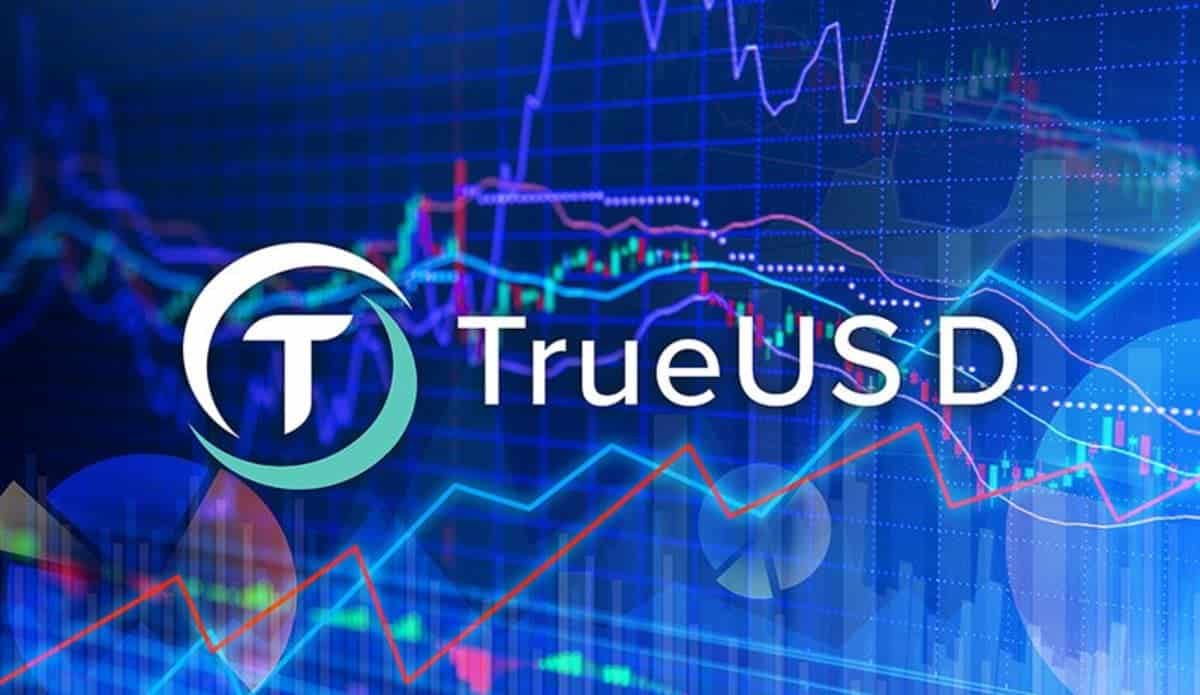Stablecoins are starting to seem not-so-stable anymore as TrueUSD, a massive dollar stablecoin with a market cap of $1.9 billion, lost its peg to the dollar and has yet to recover. Following the disaster of Terra USD’s depegging, the recent minor crash in Tether’s USDT, and the latest TrueUSD debacle, investors are getting antsy and looking for safer options to little avail.
This incident saw TUSD’s value nosedive to a low of $0.984, the event, happening amidst a wave of selling on the cryptocurrency exchange Binance, has raised serious alarms about the stablecoin‘s stability and market confidence. To some, this may not seem too bad on the surface but the move already wiped out over $30 million. More importantly, it sparked fears among TUSD holders that may cause it to crash further.
Unraveling the Depegging Crisis: TUSD’s Market Turmoil

TUSD’s troubles started to surface around 11:00 am UTC on January 15 when its value began to fall sharply, reaching a distressing low of $0.984 by 11:15 pm.
CoinMarketCap data reflects TUSD’s current trading value at $0.988, a troubling 1.3% drop from its intended $1 peg.
This significant deviation from its pegged value has sparked widespread concern among investors and analysts about the underlying stability of TUSD, especially after TUSD shifted operations to the Bahamas back in September – putting the ability of US regulations into question.
Binance as the Battleground: Analyzing the Sell-off Frenzy
The center stage of the TUSD depegging event was Binance, one of the world’s largest cryptocurrency exchanges, within a span of 24 hours, an overwhelming $339.2 million worth of TUSD was sold on the platform, with buy orders lagging behind by $42.3 million.
This notable net outflow from Binance is a key indicator of the market’s diminishing faith in TUSD’s stability.
Complicating the situation further, reports emerged on January 10th suggesting that TrueUSD was encountering difficulties in providing real-time attestations of its reserves.
This revelation sparked fears that the stablecoin could be undercollateralized, an absolutely critical concern for maintaining investor trust in any stablecoin.
Exchange Discrepancies and Missed Arbitrage: A Puzzle in the Market
An intriguing aspect of this crisis was the noticeable price difference of TUSD across various exchanges, notably, TUSD was trading at nearly 8% below its peg on Poloniex, while it hovered around $0.99 on Binance.
This price disparity raised questions as these usually even out extremely quickly as arbitrage traders take advantage of them. It suggests that investors were worried about potential liquidity issues, especially with recent reports of withdrawal challenges on Poloniex.
The fallout from this incident could call into question Poloniex’s future in the US market as regulators increasingly take aim at shaky stablecoin operations following the Paxos lawsuits.
The MANTA Factor: Binance’s Initiative and Its Impact on TUSD
Market analysts speculate that TUSD’s exclusion from Binance’s Manta launch pool initiative may have been a catalyst for the sell-off. The project allows users to stake tokens to earn MANTA, the native token for an advanced zero-knowledge layer 2 network.
With BNB and FDUSD being favored for the MANTA project, TUSD seemingly fell out of favor, leading to its price decline to $0.985 following the mass sell-off.
In the wake of this market upheaval, TrueUSD released a statement addressing the impact of recent community mining activities and arbitrage opportunities.
TrueUSD reassured its commitment to enhancing TUSD services and clarified that reserve attestations were proceeding as normal, attempting to quell concerns about possible undercollateralization
Regulators Take Aim at Stablecoins
Jeremy Allaire, the CEO of USDC-maker Circle, believes that there is a “very good chance” that the US will pass stablecoin legislation this year. He has good reason to think this as lawmakers have already signaled their concerns about lacking consumer protections in the stablecoin market following the devastating crash of Terra USD in particular.
In fact, there is already a bill aiming to add consumer protections for stablecoins by treating them as traditional financial services called the Clarity for Payment Stablecoins Act. It is currently waiting for approval by the House of Representatives.
The Bottom Line: TUSD’s Path Ahead
This depegging event marks a significant moment for TrueUSD and serves as yet another important cautionary tale in the stablecoin sector.
The incident not only underscores the challenges faced by stablecoins in maintaining their pegs but also highlights the importance of transparency and trust in the crypto market.
As TrueUSD navigates through this crisis, its actions and the market’s response will be closely monitored, potentially setting a precedent for how similar situations are handled in the future.
The road ahead for TUSD, amidst these turbulent market conditions, will be a critical test of its resilience and the trust placed in it by the crypto community. Perhaps regulators and lawmakers will take notice of the potential danger of improper stablecoin issuance and fix the problem from the top down but until then we will have to scrutinize them ourselves.
